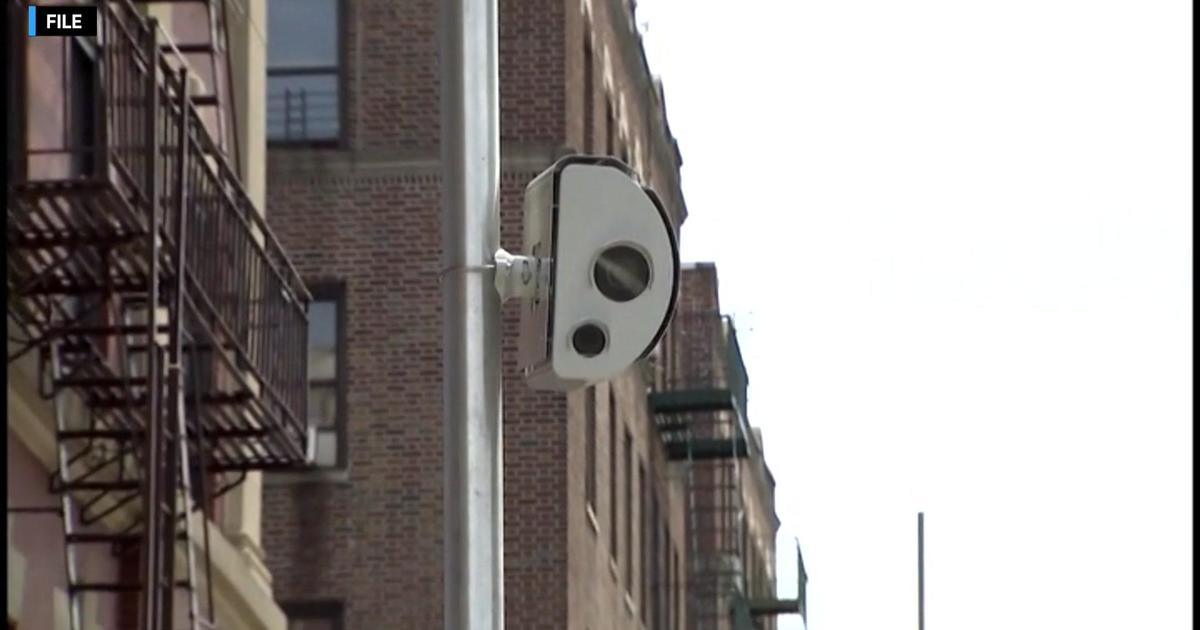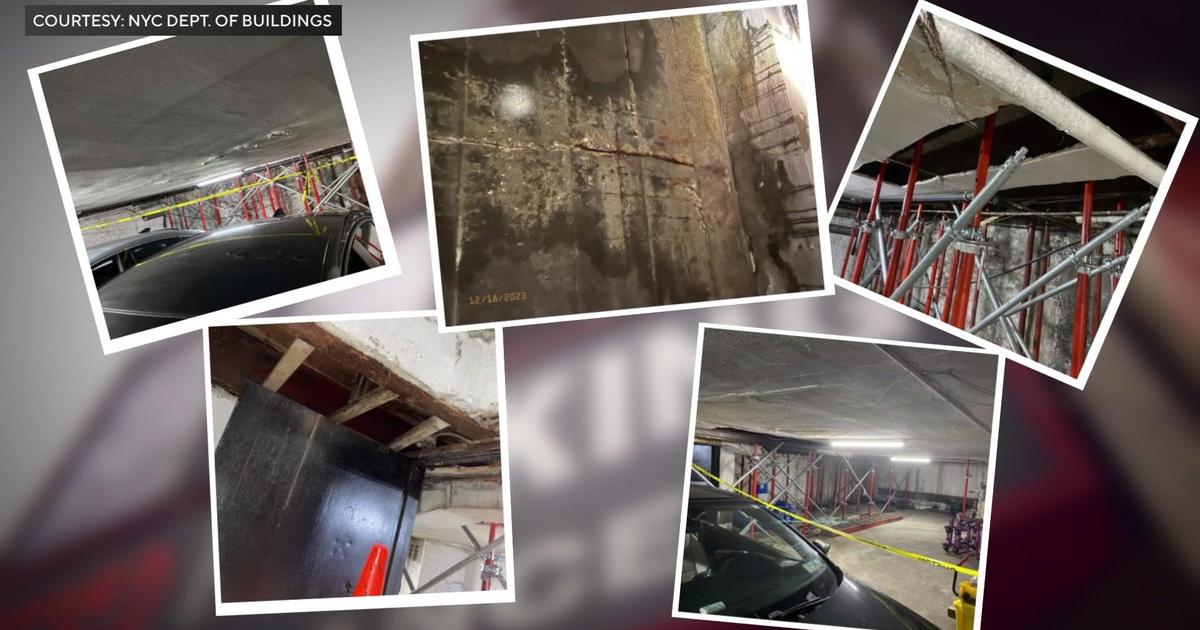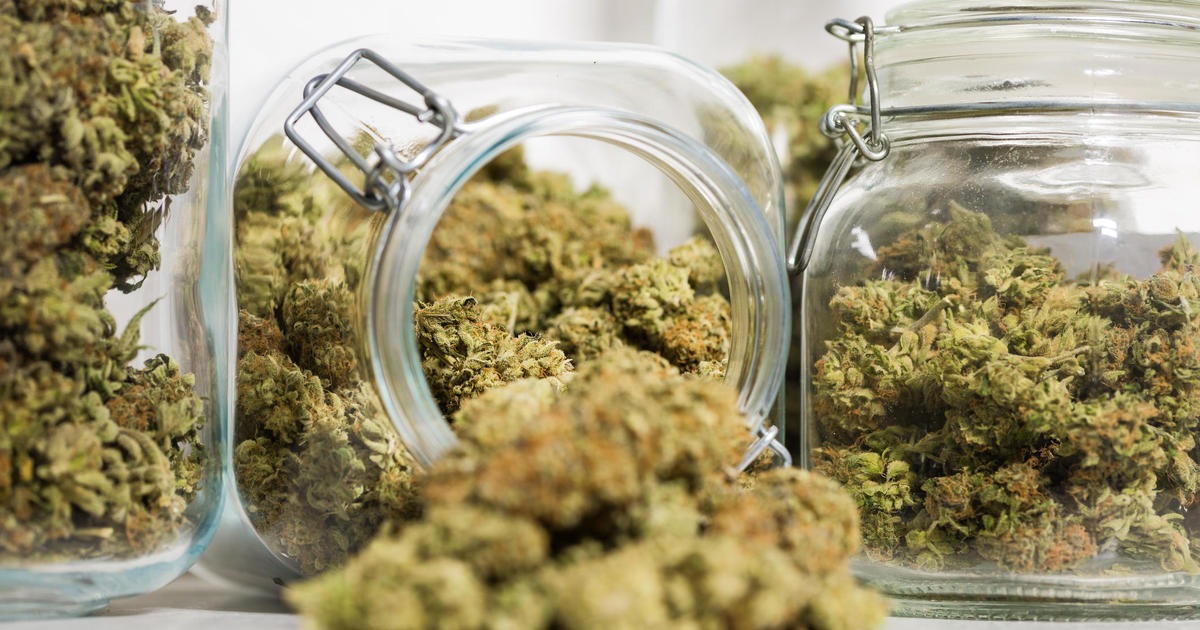Seen At 11: NYC's Ring Of Protection -- Tools In The Fight Against Dirty Bombs
NEW YORK (CBSNewYork) -- Walk around the city, or drive around the suburbs, and there's a good chance that a dirty bomb detector will check you out.
As CBS 2's Tony Aiello reported Tuesday, the detector part is a near-invisible, intense effort to fight terror. CBS 2 went inside the ring of protection against dirty bombs to learn all about it.
In the city that never sleeps, dirty bombs are a threat that keeps some up at night.
"We have to think the unthinkable," NYPD Commissioner Ray Kelly said.
"The likelihood of a dirty bomb is really quite high," said Dr. David Brenner of the Columbia Center for Radiological Research. "It's more a question of when than whether we'll have one."
If terrorists combined explosives with radioactive material, you would have a dirty bomb spreading a cloud of toxic radiation.
"One can imagine an enormous amount of disruption even if a very small dirty bomb were detonated," Brenner said.
To counter the danger, an unprecedented effort is underway to equip first responders with radiation detectors from the city to the suburbs.
Experts are quick to point out that Faisal Shahzad built his Times Square car bomb in Connecticut, and, back in 1993, the first World Trade Center bomb was built in New Jersey.
"So the concept is to create sort of a protective ring around the city, with these detectors," Kelly said, "so it can be determined whether or not there is a movement of radiological material towards New York or inside New York City."
Detectors are hidden in sport utility vehicles the NYPD places around the city.
"It's a passive screening," said NYPD Counterterrorism Bureau Inspector Mike Riggio. "We don't stop them unless the detection system tells us to."
And on the belts of 4,000 first responders in 150 Tri-State agencies, what looks like a pager is actually a personal radiation detector.
"If there's a large radiation source that could be used in a dirty bomb, they will uncover it just by doing their normal routine," said Suffolk County Police Inspector Stuart Cameron.
Police officers get radiation hits all the time while on patrol. Often, it is a medical patient who has had radioiodine treatment for a thyroid condition.
"If you had iodine-131, you may have sweated into the seat of your car, and I'm getting radiation from you and also from your car," Cameron said.
The region is so complex that the NYPD also looks for radiation from the air.
"We probably have the most robust detection capability of any agency in the United States," said NYPD Counterterrorism Bureau Lt. Art Mogil.
Mogil said the black boxes can detect and identify even minute amounts of radiation.
It could be technetium, a low-mass radioactive element that is used in nuclear medicine. But it could be cesium -- a possible component of a dirty bomb.
There is also a counterterrorism boat with a special radiation detector built right into the hull.
"The idea is if they're trying to sneak something in, they're going get it in, get it unloaded, then get it to their target," Riggio said.
Riggio said the data from the detectors is sent in real time back to headquarters.
If someone were moving dirty bomb material throughout the region, Riggio said, "We would be able to spot it, spot its movements, and intercept it."
Kelly said three large-scale drills have tested the system to see if detectors have stopped a radiation source hidden in a vehicle. The substances were found 100 percent of the time.
The effort is relentless in trying to stop the unthinkable.
Because a dirty bomb uses traditional explosives to spread radiation, an attack might only kill or injure a small number of people. But the radiation could make the target area uninhabitable for years.
What do you think about the technology authorities are using to protect us from the dirty bomb threat? Leave your comments below...



